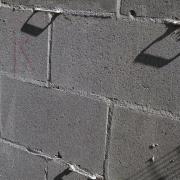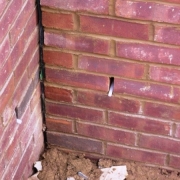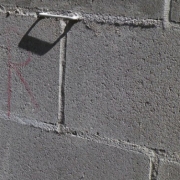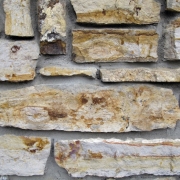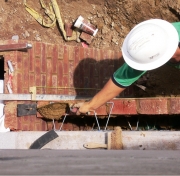
04 05 00 Common Work Results for Masonry
Masonry Anchors
Masonry anchors secure masonry to structural framing or supporting construction, such as a wall, floor, beam, or column. Individual ties, anchors, and inserts are available in galvanized steel, stainless steel and epoxy-coated steel. Building codes may determine the forces that need to be accommodated and the spacing of anchors.
Masonry Accessories
Masonry accessories include materials incidental to masonry construction, including control and expansion joints, concealed flashing, drainage materials, weeps, and vents.
Masonry Anchorage and Reinforcing
Masonry anchorage and reinforcing perform the critical function of adding strength to masonry, either by transferring forces to the structure or by directly contributing resistance to applied loads. These systems are usually concealed within the masonry and therefore must be selected to resist corrosion, which could lead to catastrophic failure. Replacement of materials built into or embedded in masonry work is a very expensive and disruptive process.
Masonry Grouting
This topic includes information related to masonry grout used during construction. Masonry grout is a construction material that is applied as a thick liquid, which hardens over time. Masonry grout is composed of water, cement, sand, color tint and possible fine gravel. Commonly, masonry grout is used around rebar in masonry assemblies, between concrete assemblies, in joints and voids.
Masonry Mortaring
Although in ancient times masonry was often erected without mortar, the Romans discovered the benefit of using cement in making mortar to produce masonry structures which were stronger and more durable.
Contemporary Masonry Mortar is composed of cement, lime, sand, and water. The quality of the mortar depends upon the quality of its constituent parts, and the proportion of each affects the physical properties of the mortar. Each ingredient brings something different to the mix. Cement gives mortar its strength and durability; lime provides water retention, set control, and elasticity; sand acts as an inexpensive filler; and water contributes plasticity. Entrained air in the cement improves the mortar's resistance to freeze and thaw cycles.

